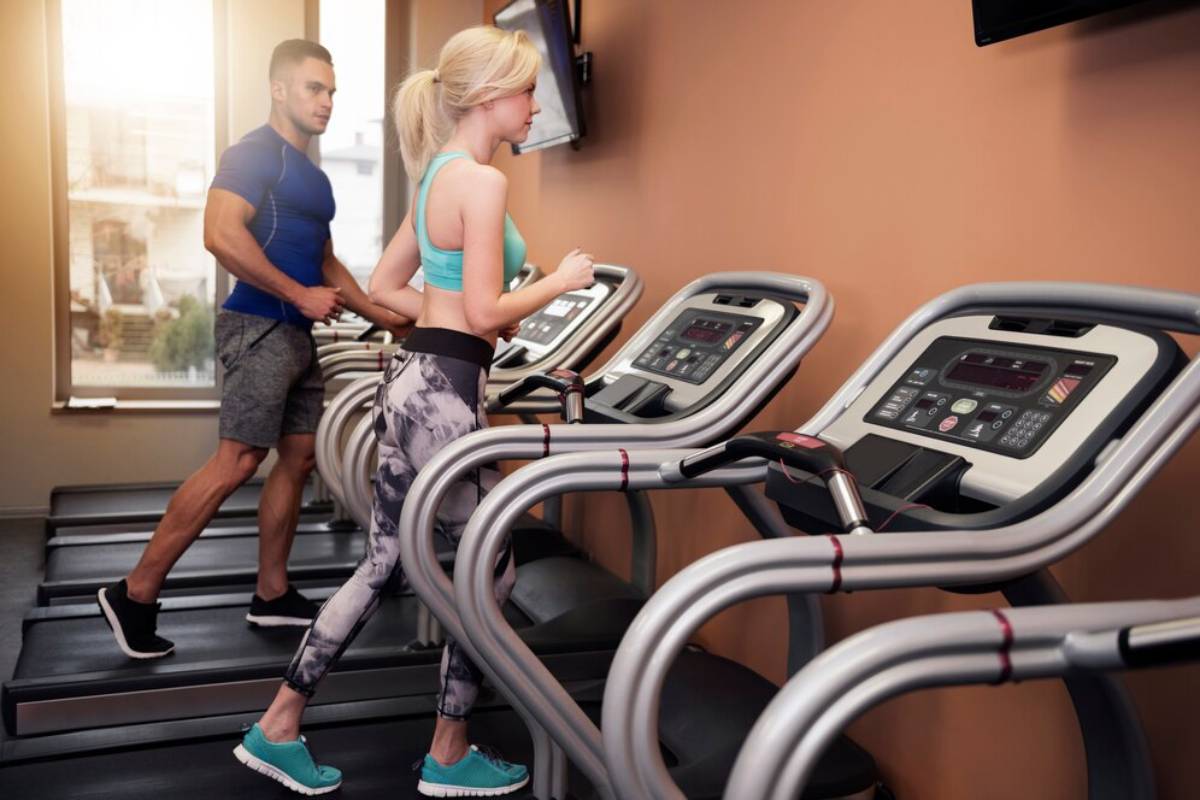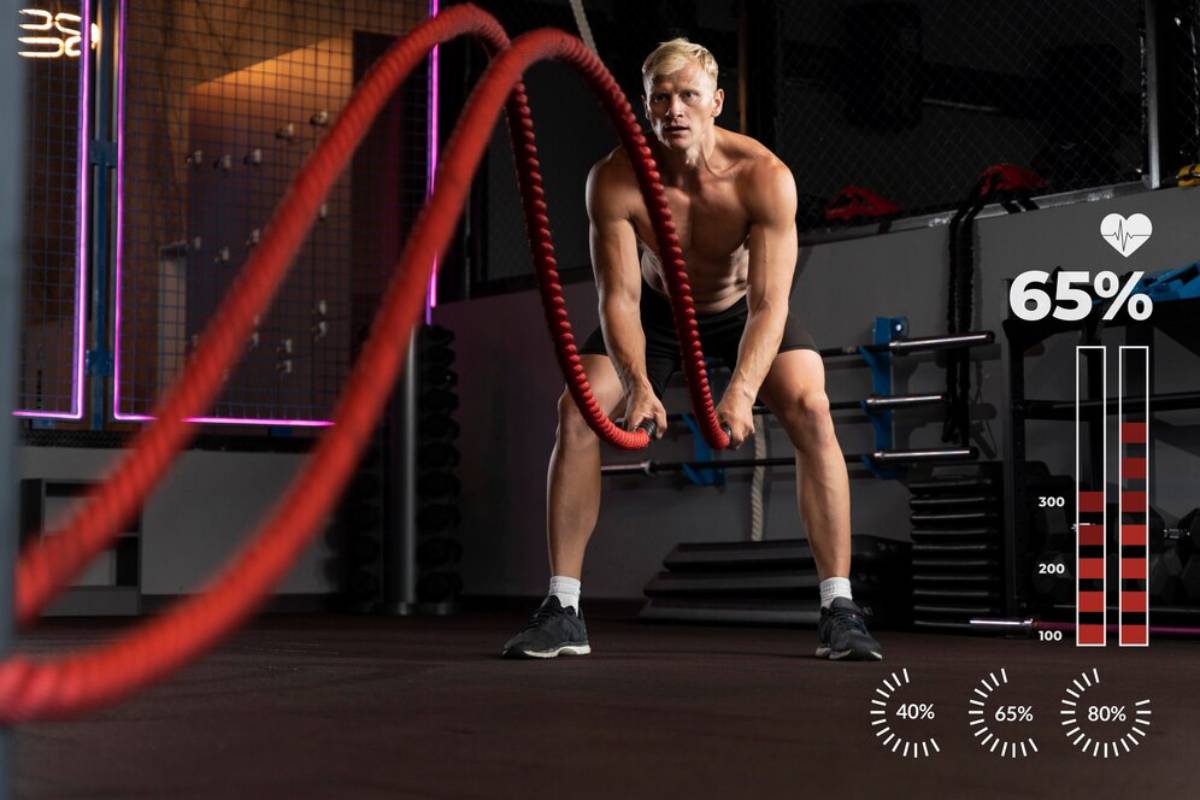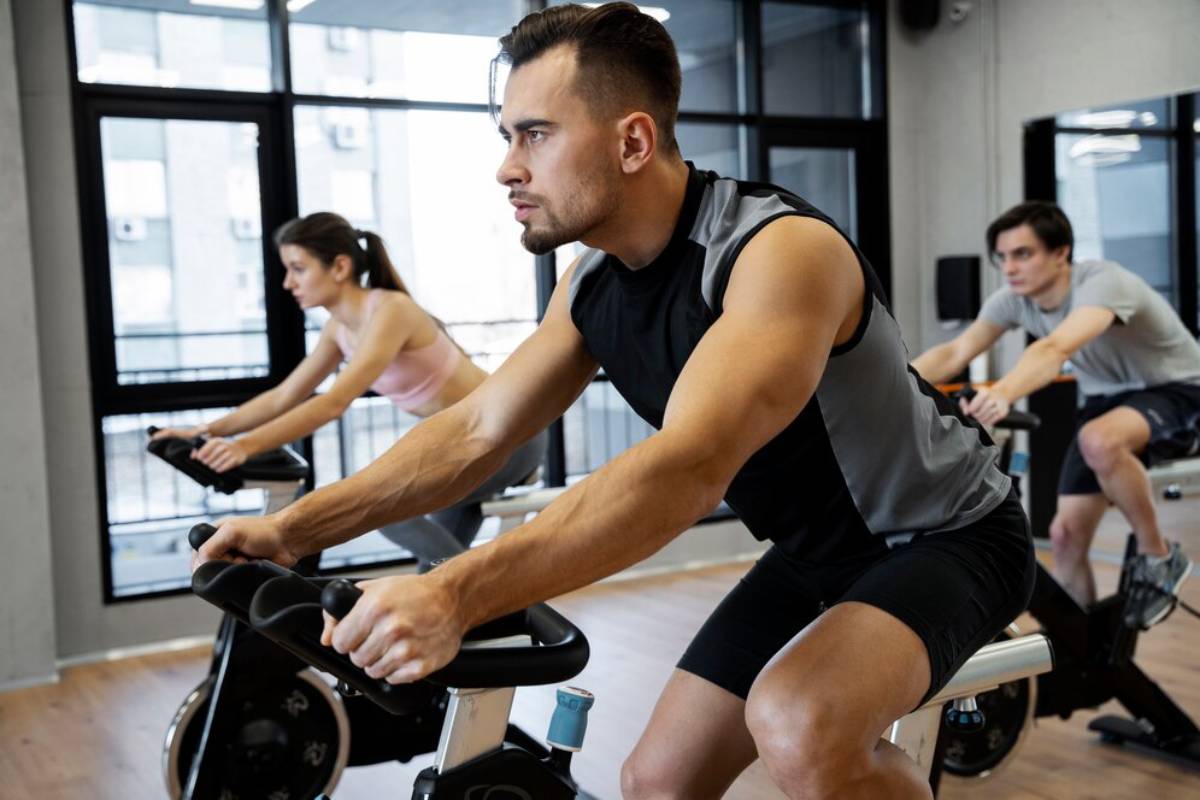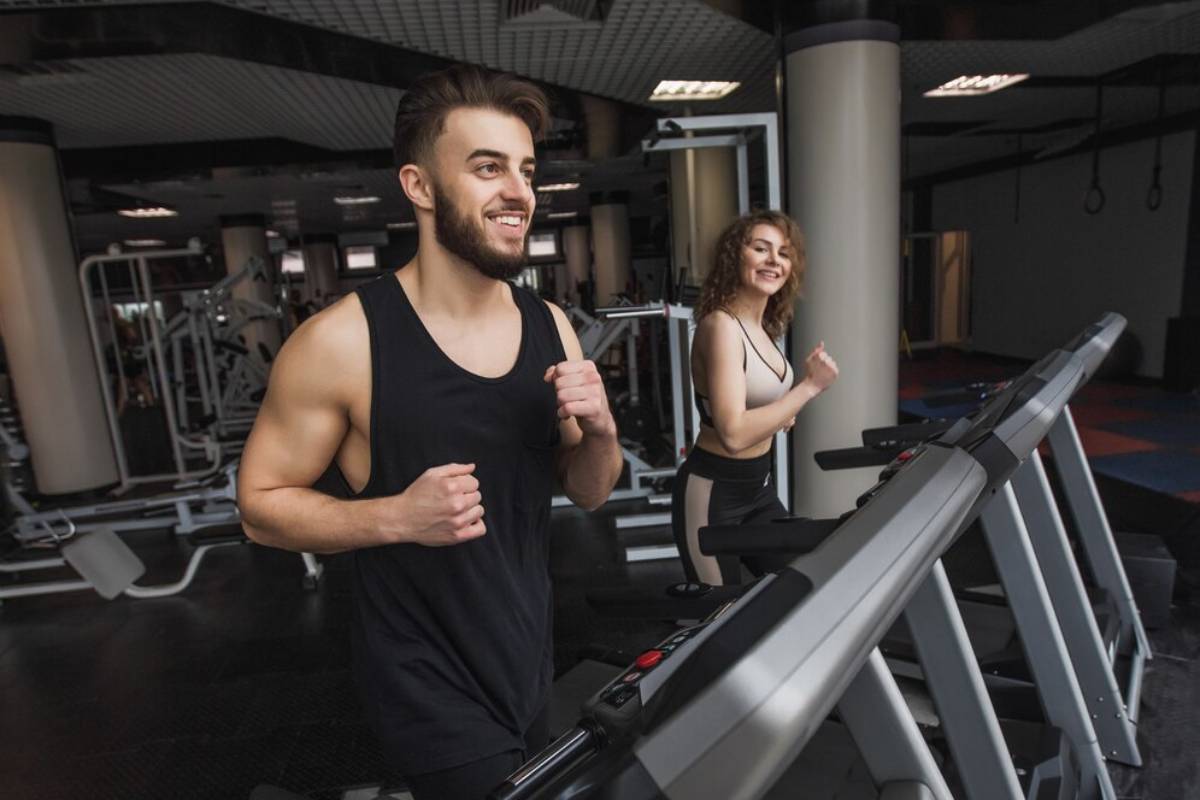
HIIT vs. Steady-State Cardio: Benefits and Drawbacks
Cardio is the pulse that propels every fitness journey forward. A solid cardio routine is essential for success. It ignites fat loss, enhances endurance, and nurtures heart health. But wait—here’s the twist: selecting the ideal type can ignite lively discussions. The battle between High-Intensity Interval Training (HIIT) and Steady-State Cardio (SSC) continues. Supporters of each method highlight its benefits. As you traverse this cardio conundrum, keep your fitness aspirations focused. Ultimately, it’s about finding your sweet spot in the exhilarating workout symphony!
When it comes to cardio, each type has its ups and downs. Your ideal choice? It all hinges on your fitness level, goals, and personal preference.
In this article, we’ll dive into:
- The unique differences between HIIT and steady-state cardio
- The pros and cons of each
- Which method reigns supreme for fat loss, muscle maintenance, endurance, and overall fitness
- How to seamlessly blend both into your training routine
Once you finish reading, you’ll know which cardio companion suits your fitness goals.
What is HIIT?

High-Intensity Interval Training (HIIT) is the ultimate fitness thrill ride. Experience bursts of energy followed by brief respite periods. The aim? Propel your heart rate to its maximum, then let it bounce back.
Example of a HIIT Workout:
- Sprint like the wind for 30 seconds
- Walk it off for a relaxing 60 seconds
- Repeat this cycle for 20 invigorating minutes
Common HIIT Workouts:
- Sprint Intervals (Running or cycling)
- Bodyweight Circuits (Burpees, squats, push-ups)
- Jump Rope Intervals
- Rowing Machine Intervals
What is Steady-State Cardio?

Steady-state cardio (SSC) means maintaining a steady intensity for a long time. It typically keeps your heart rate at 50-70% of its maximum capacity.
Example of a Steady-State Cardio Workout:
- Jogging at a moderate pace for 45 minutes
- Cycling at a steady speed for 60 minutes
Common Steady-State Workouts:
- Brisk walking
- Jogging or running at a steady pace
- Swimming continuously
- Cycling at a moderate speed
Benefits of HIIT
- Burn Fat Faster – HIIT helps you burn more calories quickly. This is thanks to the afterburn effect, EPOC (Excess Post-Exercise Oxygen Consumption).
- Saves Time – A 20-minute HIIT session can be as effective as an hour of steady-state cardio.
- Preserve Muscle Mass – HIIT is less likely to break down muscle than long-duration cardio.
- Improves Cardiovascular Health – Strengthens both aerobic and anaerobic capacity.
- Boosts Metabolism – Can increase metabolic rate for up to 24 hours post-exercise.
Drawbacks of HIIT
- High Impact on Joints – HIIT involves explosive movements, increasing joint stress.
- Requires High Effort and Recovery Time – This can lead to burnout if done too frequently.
- Not Ideal for Beginners – Newcomers may struggle with intensity and risk injury.
Benefits of Steady-State Cardio
- Builds Aerobic Endurance – Ideal for endurance athletes.
- Lower Risk of Injury – Less impact on joints.
- Great for Stress Relief – Provides a meditative effect.
- Easier Recovery – Does not cause extreme muscle fatigue.
- Effective for Fat Loss (with a Caloric Deficit) – Burns calories efficiently over time.
Drawbacks of Steady-State Cardio
- Time-Consuming – Requires longer sessions to match HIIT calorie burn.
- Can Cause Muscle Loss – Too much SSC can break down muscle tissue if you don’t do strength training.
- Can Become Repetitive – Repeating the same routine may reduce motivation.
HIIT vs. Steady-State: Which One is Best for Your Goals?
| Goal | Best Choice | Why? |
| Fat Loss | HIIT | Burns more calories in less time and increases post-exercise calorie burn. |
| Muscle Retention | HIIT | Preserves muscle mass while burning fat. |
| Endurance Training | Steady-State | Builds cardiovascular endurance and aerobic capacity. |
| Beginner-Friendly | Steady-State | Lower intensity, easier on joints, and safer for beginners. |
| Time-Efficient Workouts | HIIT | Requires shorter workout sessions. |
| Injury Prevention & Joint Health | Steady-State | Less impact on joints and lower risk of injury. |
Merging Techniques: A Balanced Approach to Training
To unlock unparalleled benefits, blend HIIT with steady-state cardio. Here’s a lively weekly plan to get your heart racing:
Sample Weekly Cardio Plan:
- Monday: Ignite your week with HIIT (20-30 minutes).
- Tuesday: Embrace rest or opt for a gentle steady-state (30-45 minutes).
- Wednesday: Build strength and resilience in training.
- Thursday: Rev up again with HIIT (20 minutes).
- Friday: Unwind or choose steady-state cardio (45 minutes).
- Saturday: Strength sessions to sculpt and tone.
- Sunday: Enjoy a light walk or embrace active recovery.
Conclusion: HIIT vs. Steady-State Cardio

Both HIIT and steady-state cardio offer unique advantages, and the best option depends on your goals, fitness level, and personal preferences. If you have limited time and want to maximise fat loss and muscle retention, HIIT may be the best choice. On the other hand, if you prefer longer, lower-intensity workouts that build endurance and reduce stress, steady-state cardio might be better suited for you.
Ultimately, the most effective approach is a balanced one. Combining both HIIT and steady-state cardio can provide a comprehensive fitness routine that enhances endurance, burns fat, and preserves muscle. Alternating between these two methods can prevent workout monotony, reduce the risk of overuse injuries, and ensure that all aspects of cardiovascular fitness are addressed.
Before choosing a cardio routine, consider your current fitness level, time availability, and recovery capacity. Those new to exercise may benefit from starting with steady-state cardio and gradually incorporating HIIT as they build strength and endurance. Advanced exercisers can use a mix of both to challenge their bodies and achieve optimal results.
No matter which type of cardio you prefer, consistency is key. The best workout is the one you enjoy and can sustain over time. Whether you thrive on the intensity of HIIT or find solace in steady-state cardio, staying active and making exercise a part of your lifestyle will lead to long-term health benefits and overall fitness success.